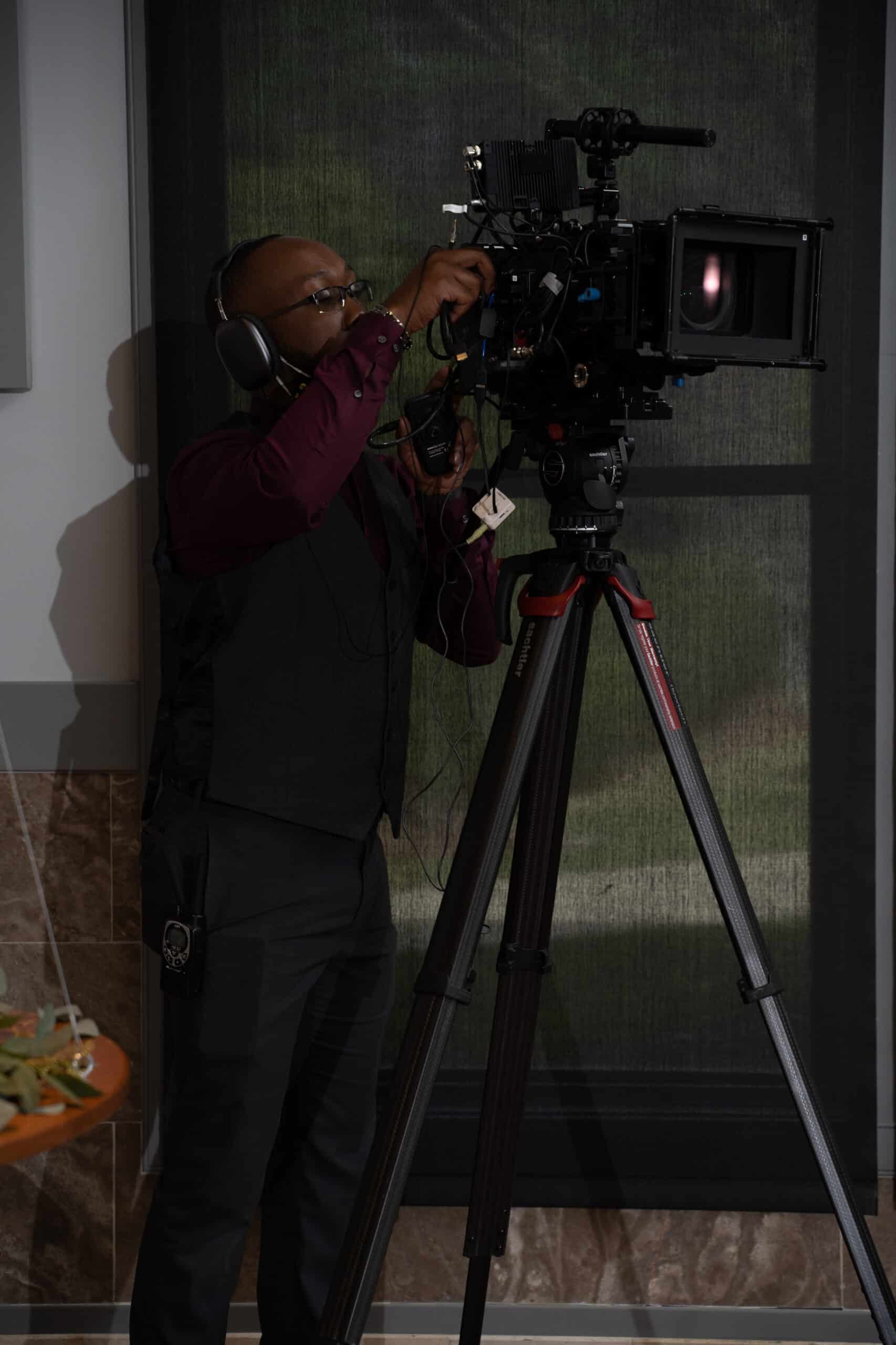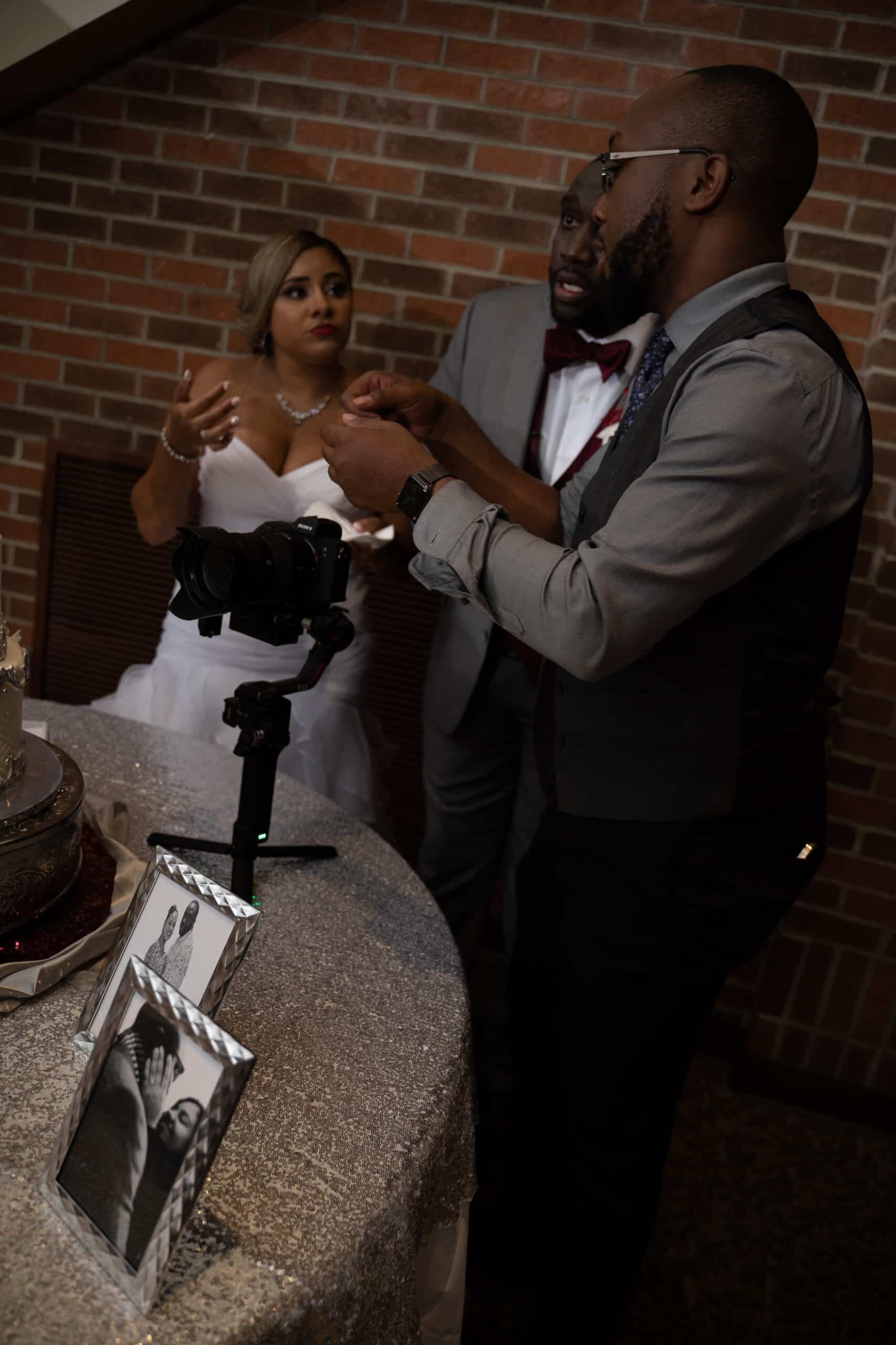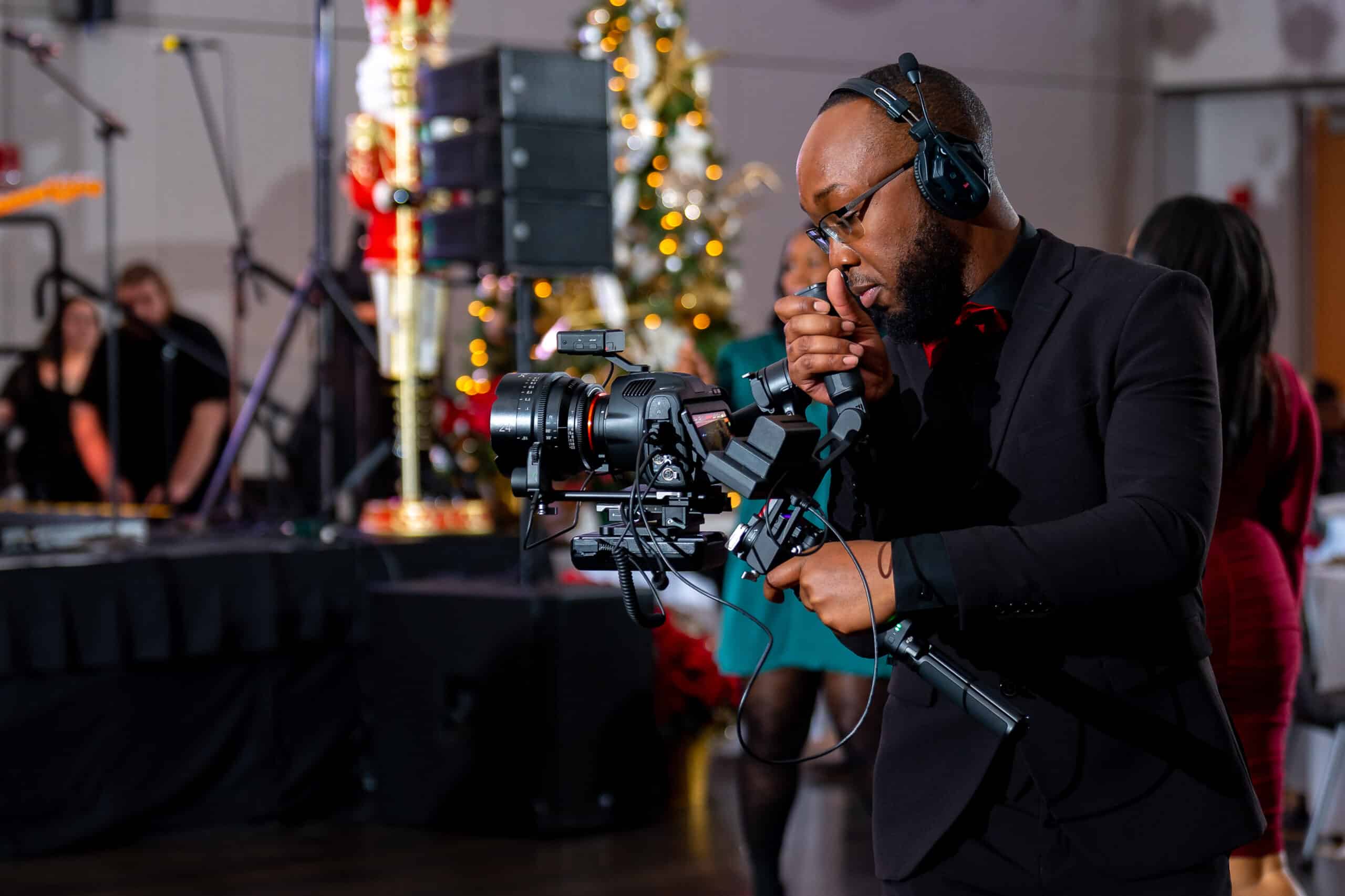What is a cinematographer?
What does it mean to be a cinematographer?
As a cinematographer, my role is to visually interpret the script and bring it to life through lighting, composition, and camera movement. It’s like being a visual storyteller, using the camera as a paintbrush to create a cinematic experience that immerses the audience in the story. My job starts before filming even begins, during pre-production.
Steps to take as the cinematographer


Meeting with the director
I’ll meet with the director to discuss the visual style and tone of the film. We’ll talk about how we want the audience to feel while watching the film and what kind of atmosphere we want to create. For example, if the story takes place in a gritty urban environment, we may use hard, harsh light to create a sense of realism. Conversely, if the story takes place in a fantasy world, we may use soft, diffused light to create a sense of magic and wonder. This is where the color palette, the use of natural vs. artificial light, and the film’s overall aesthetic are established.
Visual Style
Once the visual style is established, I plan and design each scene’s lighting. This includes determining the type, direction, and quality of light that will be used, as well as the placement of lights and the use of color gels to create the desired mood and atmosphere. I also work with the gaffer, the chief lighting technician, to set up and focus the lights and control the light’s intensity during filming. This is a crucial step as the lighting can set the tone and atmosphere of the scene, and it can also be used to bring attention to certain elements in the frame, such as the actors or a specific object.
Camera Equipment
In addition to lighting, I also work with the camera and lenses to create the desired visual effects. This can include using different focal lengths to create different perspectives, such as a wide-angle lens for a panoramic landscape or a telephoto lens for a close-up. At times also include camera movement to convey emotion and add visual interest. Also this can consist of tracking, dolly, crane, and Steadicam shots, depending on the scene and the desired effect. For example, a tracking shot following a character can give a sense of their journey, or a steady cam shot can provide an understanding of the character’s point of view.
Working with the film's crew
I work closely with the director and actors during filming to create the best possible performances. This can include working with the actors to find the best angles for their performances and working with the set designer and costume designer to create the right look and feel for the film. I also work closely with the sound and special effects teams to ensure that the sound and visual effects are in sync with the visuals. This is a collaborative process, and the film’s success relies on excellent communication and understanding among all the crew members.

Final steps & Post-Production
Finally, in post-production, I work with the colorist to fine-tune the colors and contrast of the film and with the visual effects team to add any necessary visual effects. This is where the final touches are put on the film and where the last look and feel are established.
Being a cinematographer is a challenging and rewarding job that requires a combination of technical skills, creativity, and collaboration. It is a constantly evolving field, and I am always learning new techniques and technologies to improve my craft. It’s a field that requires a lot of patience, discipline, and attention to detail. But in the end, all the hard work pays off when the audience is fully immersed in the story, feeling every emotion and experiencing every moment as if they were right there in the film.


